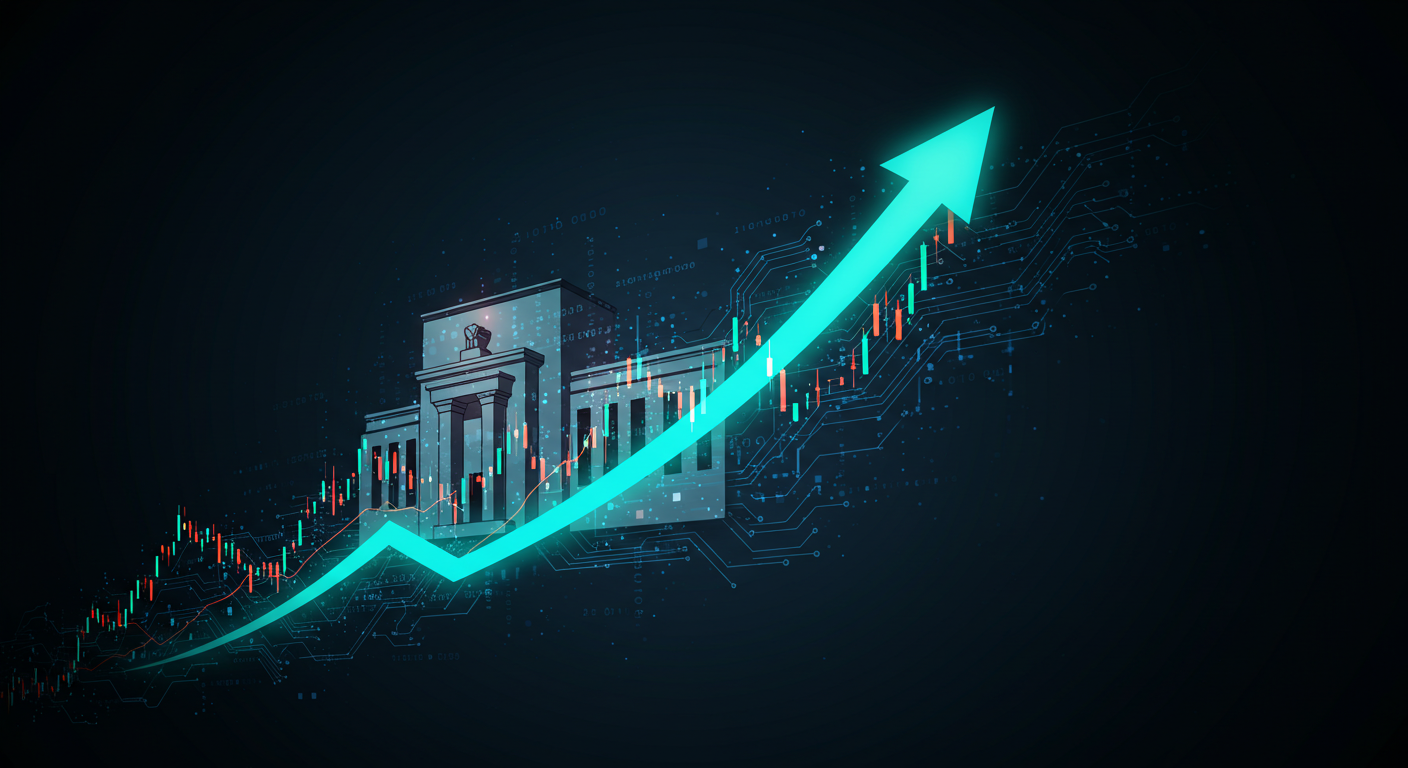A New Era of Productivity
I’ve been thinking a lot lately about some big trends shaping our economy—namely, interest rates, artificial intelligence (AI), and productivity. These topics are buzzing in financial circles, and I wanted to share some thoughts on how they might be interconnected in ways that aren’t immediately obvious.
First off, it’s widely recognized that the U.S. worker is among the most productive in the world. A significant factor behind this is our rapid adoption of technology. From the internet boom to the rise of smartphones, U.S. businesses and workers have consistently leveraged new tech to boost efficiency and output. This embrace of innovation seems to fuel an unstoppable trend of productivity growth, especially when compared to other countries.
With increased productivity, companies often see higher returns on their investments. When a firm can get more output from each worker, investing in training, equipment, or new technologies becomes more attractive. This naturally leads to a higher demand for capital because businesses are eager to invest in opportunities that promise substantial returns.
Here’s where things get interesting. Typically, a higher demand for capital leads to higher interest rates. It’s basic supply and demand—the more companies want to borrow, the more they have to pay for that privilege.
But right now, we’re in a monetary environment where the Federal Reserve is in the process of lowering interest rates after a period of keeping them relatively high to cool off an overheated economy. They appear to be executing a soft landing, which means reducing rates carefully to avoid triggering a recession. This seems counterintuitive given the high demand for capital. Even more fascinating is the divergence we’re seeing between the Fed’s policy rates and longer-term interest rates like the 10-year Treasury yield
Now, let’s throw AI into the mix. AI technologies are being adopted at a lightning-fast pace across various industries. From machine learning algorithms improving supply chain logistics to AI-powered tools enhancing customer service, the potential for productivity gains is enormous.
What’s different this time is the compressed timeframe of this technological revolution. Previous tech advancements, like the adoption of computers or the internet, unfolded over decades. AI, on the other hand, is being integrated much more rapidly. This swift adoption could supercharge the productivity of knowledge workers in unprecedented ways.
Another layer to this scenario is the significant investment required for AI hardware. Unlike software that can be scaled relatively cheaply, AI demands substantial physical infrastructure—think powerful processors, massive data centers, and specialized equipment.
In fact, we’re seeing tech companies investing heavily in building new data centers, which come with substantial energy demands. Some are even constructing additional energy generation facilities to meet these needs. This physical investment is a departure from previous tech trends, where software advancements didn’t require as much capital expenditure on hardware and energy infrastructure.
So, what could all this mean for our economy?
We’re at a unique intersection where the rapid adoption of AI is driving productivity to new heights. This surge in productivity leads businesses to seek more capital for investment, which traditionally would push interest rates higher. However, the Fed’s current path of lowering interest rates to manage economic growth adds an intriguing twist to the equation.
This divergence might influence investment decisions and could lead to inefficiencies or unexpected market dynamics. The significant capital being funneled into AI hardware and infrastructure could reshape where investments are directed, potentially favoring tech-heavy sectors over others.
The speed at which AI is being adopted means that economic shifts could happen more rapidly than we’ve seen in the past. This could strain our ability to adapt, impacting labor markets as certain jobs evolve or become obsolete while new ones emerge. It also raises questions about global economic dynamics—if the U.S. continues to outpace other countries in productivity growth, we might see widening disparities that affect international relations and trade.
Moreover, the substantial energy requirements for AI infrastructure bring environmental considerations to the forefront. This could accelerate efforts toward renewable energy adoption or lead to new policies regulating energy consumption in tech industries.
When we step back and look at the big picture, it’s clear that we’re in uncharted territory. The interplay between AI-driven productivity, the demand for capital, and the Fed’s interest rate decisions is creating a unique economic landscape.
What’s particularly striking is the speed at which this is all unfolding. Unlike past technological shifts that took decades to fully permeate the economy, AI is being adopted at a breakneck pace. This compressed timeline means that the transformative impact of AI on productivity and the broader economy could be felt much sooner than we might expect.
As businesses rush to capitalize on the potential of AI, they’re not only investing in software and algorithms but also in the physical infrastructure needed to support these technologies. This investment in AI hardware and energy generation is a new twist on the traditional tech boom story, one that could have significant implications for capital allocation, interest rates, and the environment.
Meanwhile, the Fed is attempting to navigate this complex terrain, balancing the need to control inflation with the desire to support economic growth. Their efforts to execute a “soft landing” by lowering rates after a period of tightening adds another layer of intrigue to an already fascinating economic puzzle.
Let’s Keep the Conversation Going
Ultimately, the full implications of this AI-driven productivity boom are still unfolding. There are many moving parts, and the outcomes are far from certain. But one thing is clear—we’re witnessing a pivotal moment in economic history, one that could redefine industries, reshape labor markets, and alter the global economic landscape.
As always, I’m eager to hear your thoughts on this topic. How do you see AI impacting your industry? What challenges and opportunities do you think this rapid technological shift will present? And how do you think policymakers should respond to this fast-moving economic transformation?

No responses yet